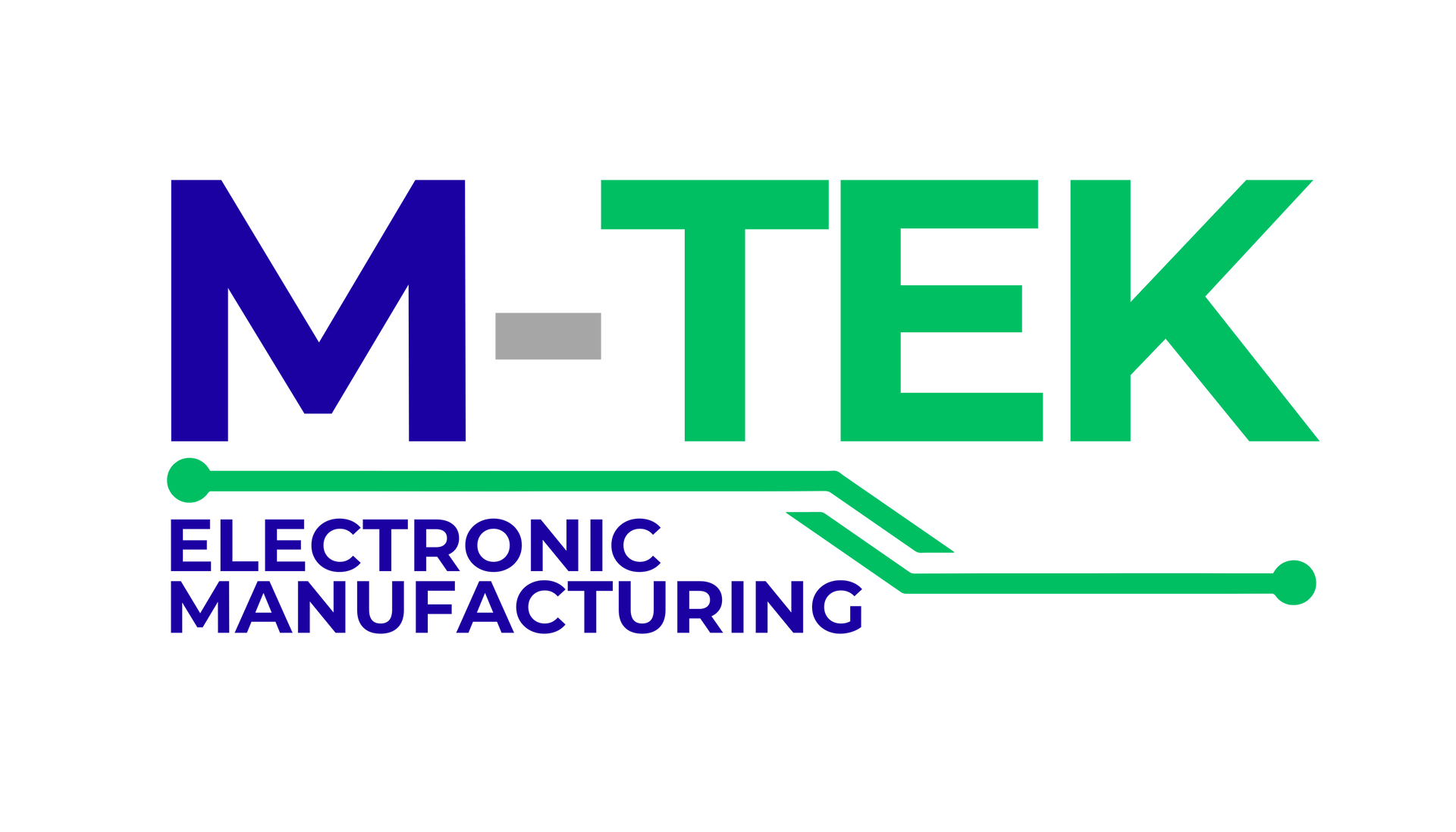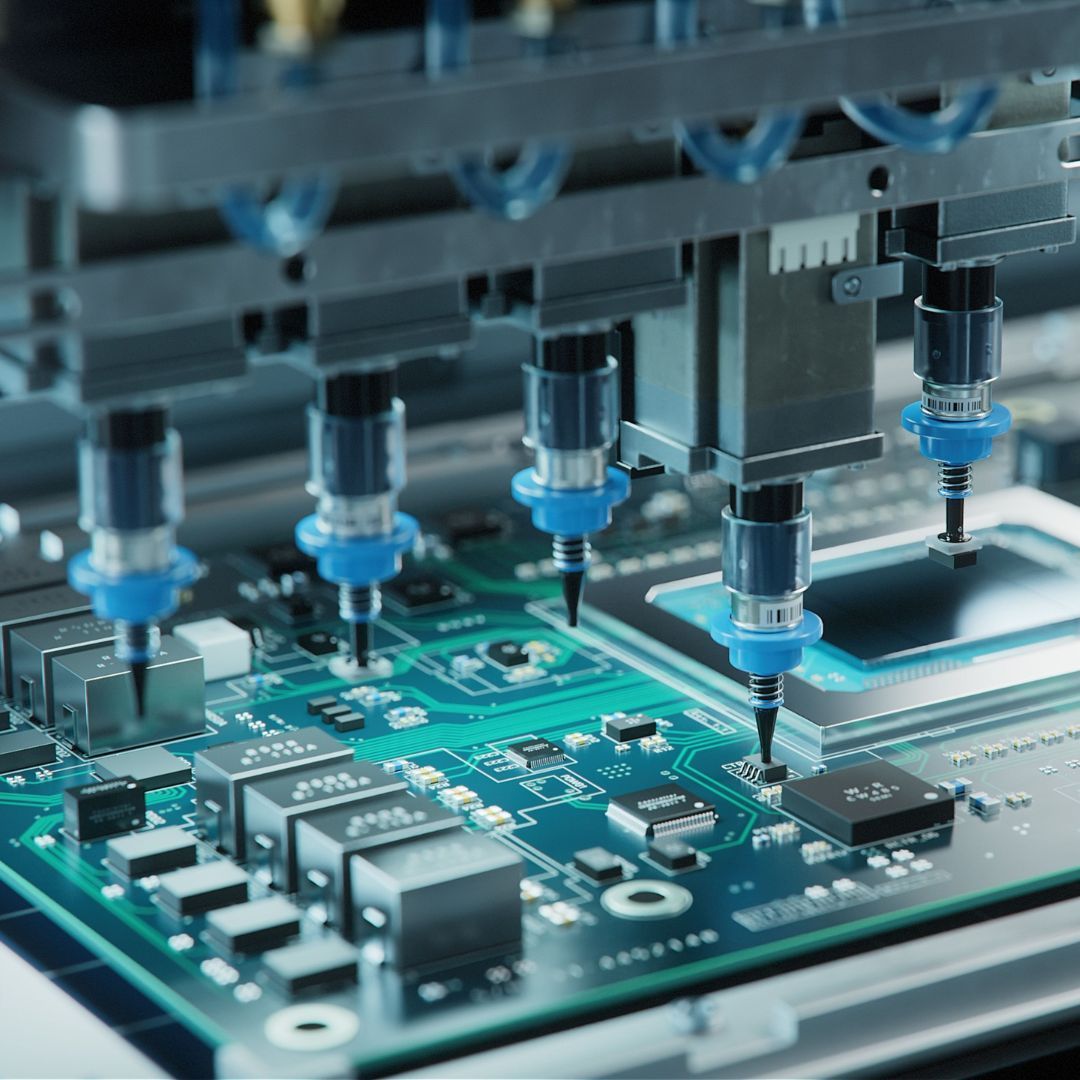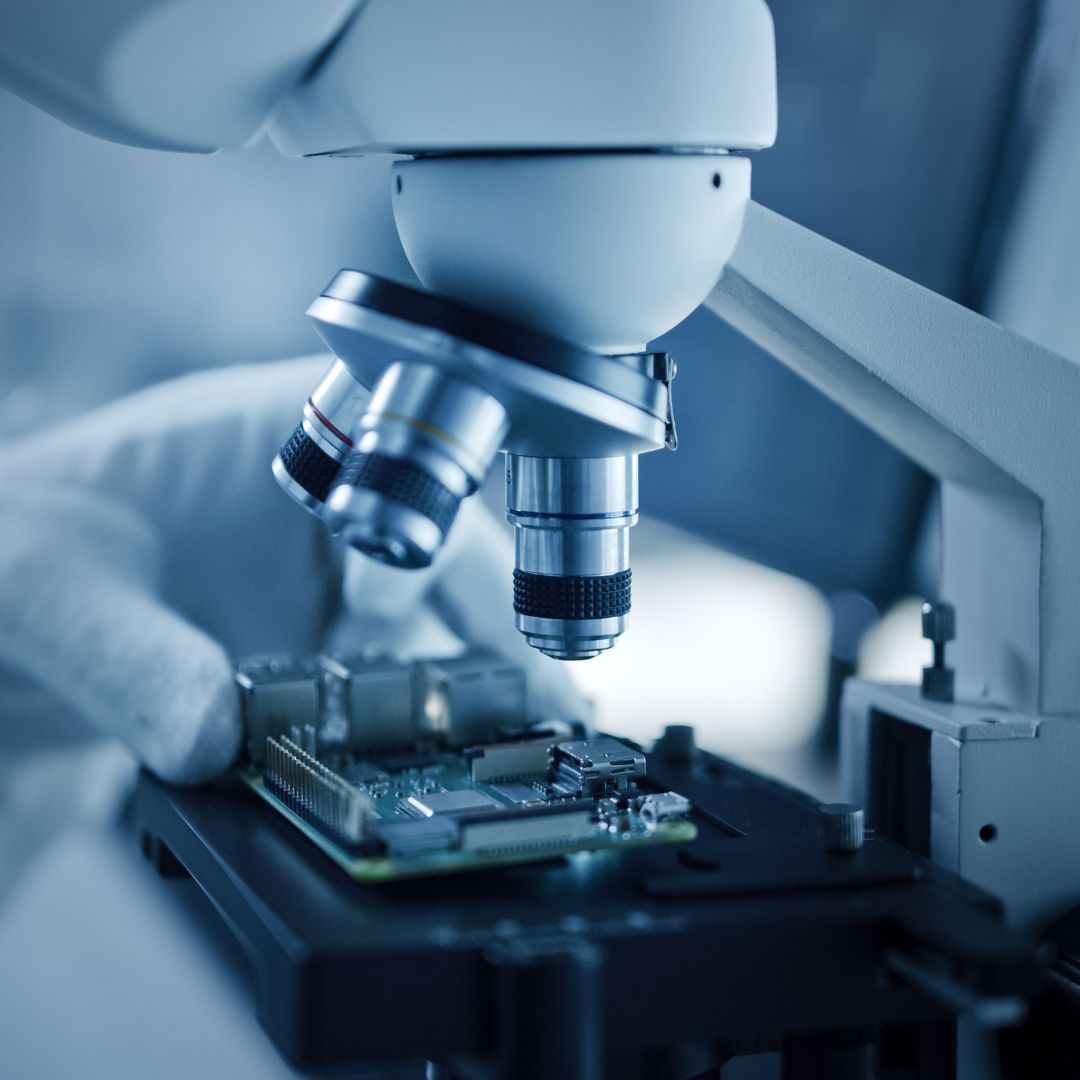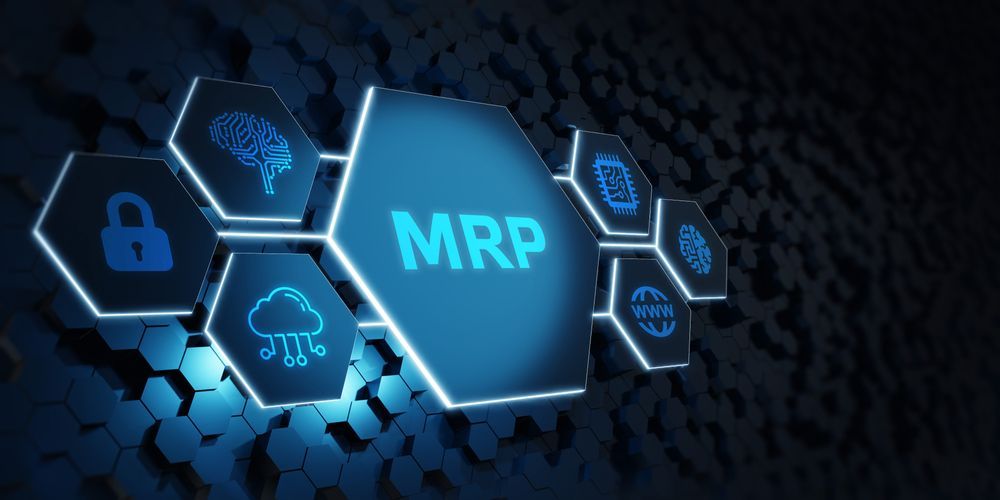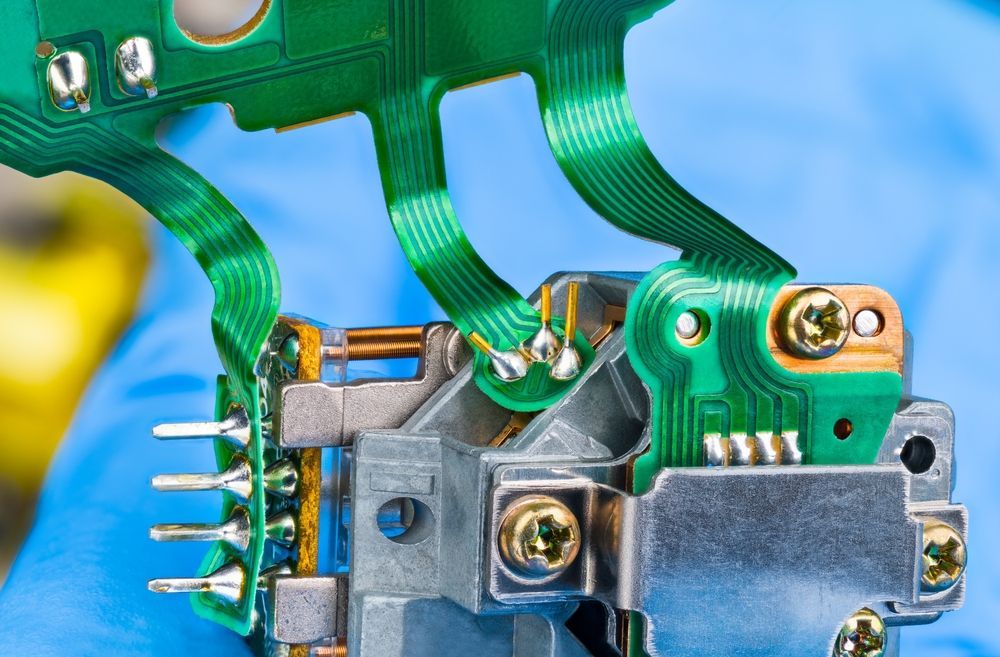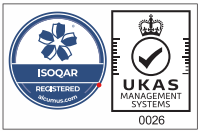Common PCB Issues & Failures.
Printed circuit boards (PCB) are a vital component for many electrical devices, they work by connecting different components by a complex display of circuits. Due to the importance and the money invested in PCBs, failure can be a major concern for many businesses.
What is PCB Failure?
If you find that your PCB is no longer functioning properly, this is probably due to there being a failure somewhere on the circuit. Since PCBs can be found in many electronics including medical devices and vehicles, it is vital that any failures are identified quickly, and the appropriate action is taken. Any business looking to keep their electronics working efficiently can better address PCB failures and even prevent them from occurring by learning more
about why they happen.
Reasons for PCB Failure
The complexity of PCB designs allows for numerous opportunities for PCB failure issues to arise. Some failures may be a result of design oversight, such as incorrect measurements, which can affect the functionality of the final product. Other failures may be the result of problems during the manufacturing process, drilling errors can be equally as catastrophic.
Luckily these failures can all be avoided with the right knowledge of the manufacturing process as well as awareness of the more common failures related to PCBs. To help you have a better understanding and avoid potential failures, our experts have put together most of the common issues experienced with PCB manufacturing and why they occur.
Plating Voids: When looking at a PCB, you will notice copper-coated holes; these holes allow electricity to be carried from one side of the board to the other. To create these holes the PCB board fabricator drills a hole through the circuit board to puncture the material all the way through. Then a layer of copper is added to the surface and along the walls through
an electroplating process.
The process creates a thin layer of electroless copper onto the board in a process called deposition. The deposition, while effective, is not always perfect and can result in voids. Plating voids are gaps in the plating of the circuit board and usually result in problems during the deposition process. This can be problematic as imperfections in the plating of the copper
holes prevents an electrical current from passing through, resulting in a defective PCB.
Bad Soldering: The wrong soldering PCB assembling can lead to major issues further down the line. One of the most common issues associated with poor soldering occurs when a technician doesn’t heat the solder enough, leading to cold soldering and PCB failure. In addition to this, moisture during the soldering process can contaminate the PCB pad, which can cause components to burn and create connection problems.
At M-Tek, our X-ray inspection service can detect bad soldering for you. Read our previous article to learn more about X-ray inspections.
Starved Thermals: Thermals in PCBs are small traces surrounding the pads that are used to connect the pads to the plane. These thermals mean the pads can disperse heat more effectively, which is an important component during the soldering process. Unfortunately, a void between the thermal and the plane or pad can result in an uncompleted connection.
Reducing the effectiveness of the heat transfer, meaning the PCB may be prone to heat damage or overheating.
How to Reduce Common PCB Problems with M-Tek
Has your PCB suffered a failure? At M-Tek, our experienced team of PCB assembly professionals can look at your PCB files and run a complete DFM check. We currently serve businesses in different industry sectors, such as security, performance automotive, broadcast and telecommunications, and many more.
By choosing M-Tek, you will also be doing your part to save the planet. We have achieved a net-zero carbon footprint from our use of electric vehicles, and for every circuit board we build, we plant a tree!
With our PCB diagnostics, we can identify any issues in your PCB design. Get in touch with one of our experts for help with your PCBs. Call us on 01189 455377.
Recent Posts
Call Our Team
Want to find out more about our PCB assembly services? Speak to our team to find out how we can help you.
Join the Newsletter
We will get back to you as soon as possible
Please try again later
